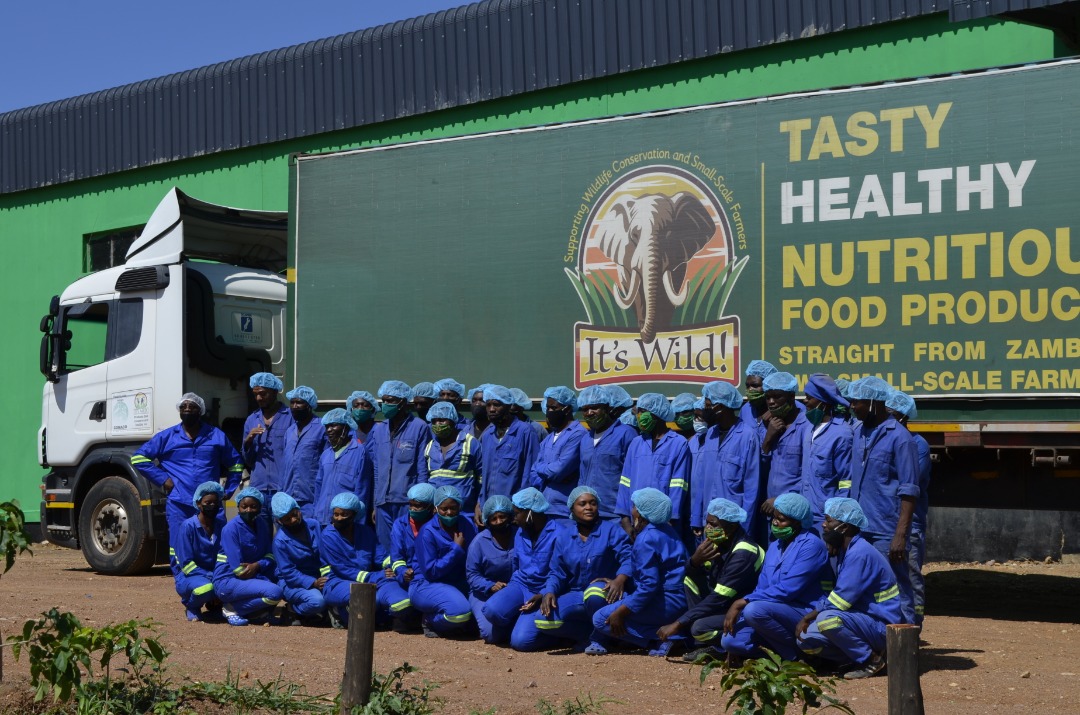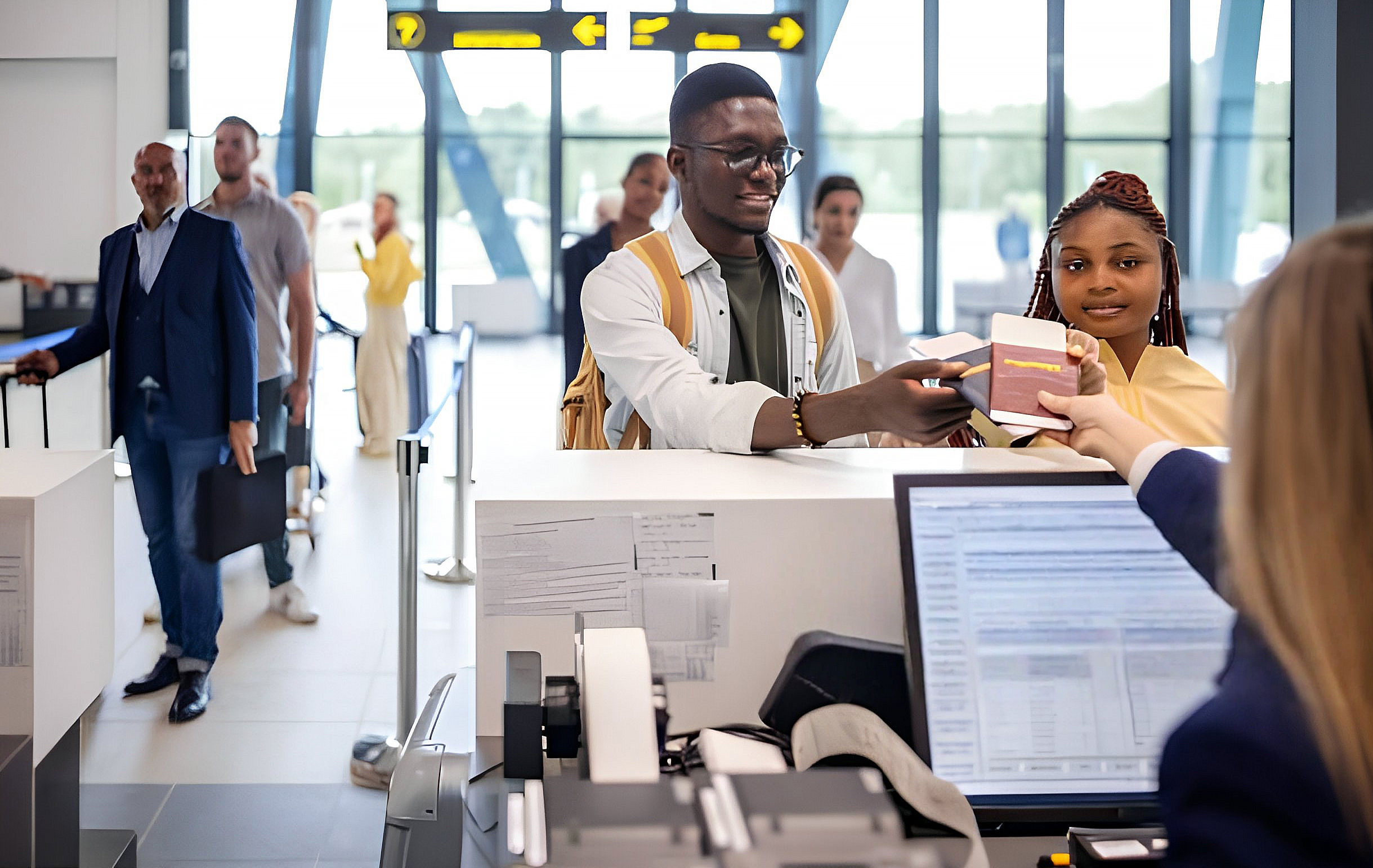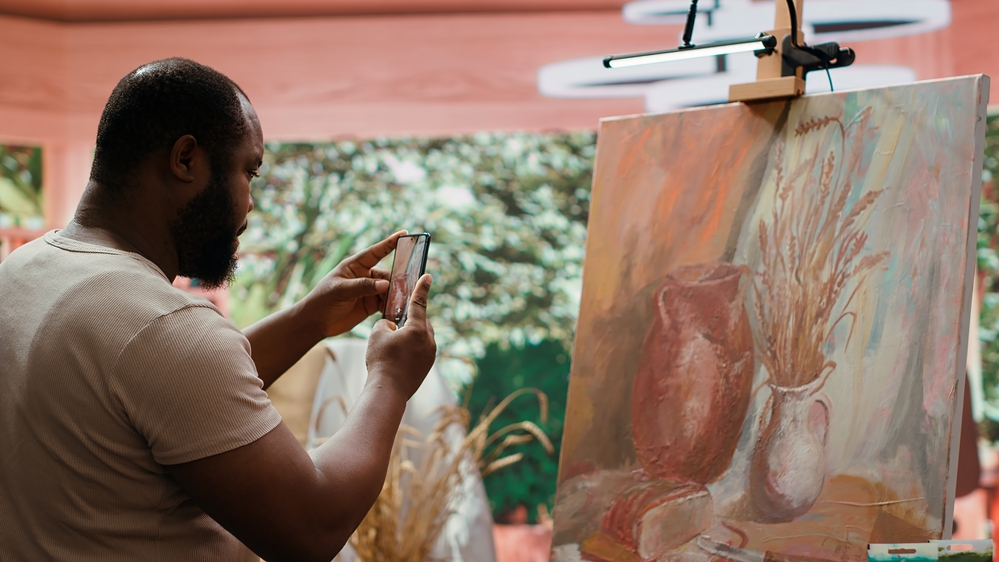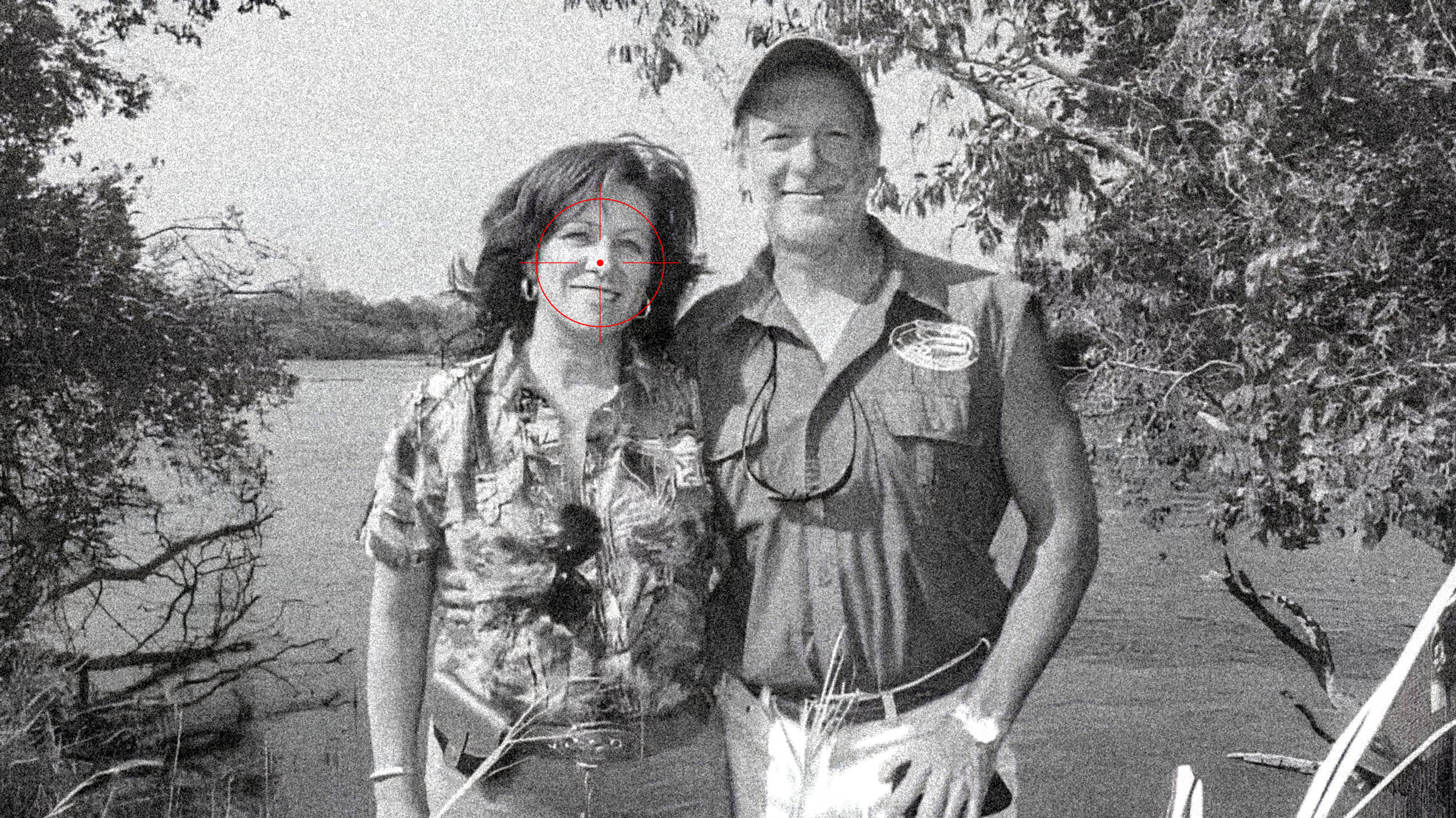COMACO works with Zambia’s rural communities to build stable food systems and incentivise ecosystem-scale conservation of forests and wildlife. COMACO provides markets in agriculture, forest conservation, and carbon sequestration, along with technical support and infrastructure. Started 17 years ago, COMACO now reaches over 188,000 households across 42,500 square miles in the Luangwa Valley. The results for local livelihoods and biodiversity are substantial.
COMACO has achieved this by building direct impact for people and the environment into a business model. COMACO has developed 17 food products under the It’s Wild! Brand – such as peanut butter and nutrient-fortified breakfast cereals produced exclusively with crops grown organically or wild harvested by community partners – which it sells to urban supermarkets and institutional buyers like school systems. In doing so, COMACO has also created an affordable, nutritional, resilient food chain within Zambia. Annual turnover is now $4,500,000.

History
Our company began 17 years ago in a small town called Lundazi, near one of Africa’s great wildlife areas, the Luangwa Valley. It was a Saturday morning gathering of village leaders who promised that their communities would abandon wildlife poaching if better markets for other products could support the needs of local families.
The proposition seemed simple enough to address a poaching and deforestation problem that had confounded conservationists for decades. It also formed the basis of a pact we signed with handshakes that very morning. From that day onward, the pact has lived and grown to touch the lives of 188,000 families across the entire 110,022 square kilometre landscape of the Luangwa Valley and its surrounding watershed.

We called it Community Markets for Conservation (COMACO). We started to help small-scale farmers grow surplus and diverse food crops while staying on the same plot of farmland, to reduce land-clearing and loss of forests. This required farmers to adopt new skills for regenerating soils, which COMACO rewarded with premium prices for their crop surplus. Over time we’ve seen crop yields increase twofold, household incomes increase threefold, and 1,783 former wildlife poachers surrender their firearms for a plough and better markets.
COMACO started to become a self-financing model for treating ecosystem ills. Essentially, by recruiting a large workforce of small-scale farmers motivated by this approach, we saw that we could support rapid and collective action. Such a calling inspired our staff and funding partners to help build our team and capitalise core requirements to demonstrate COMACO’s potential as a business approach. Our brand has now won multiple awards for quality, safety and nutrition. Investments in staff capacity-building have also enabled COMACO to develop market opportunities arising from our conservation impact, including non-timber forest products and carbon sales. The 81 community conservation cooperatives we’ve helped initiate are essential in these gains.

We have also realised the high logistic costs of supporting supply chains from remote rural locations to central manufacturing hubs, and its effect on product margins. It is a small wonder that so many small-scale farmers are marginalised and left to cope, to the detriment to their land and our global environment. Managing these costs has become a key challenge to COMACO’s growth, competitiveness, and conservation solutions across multiple landscapes. Current priorities include maintaining product volumes to keep unit production costs low and improving efficiencies with better automation, ITC tools and transport logistics. Succeeding in these areas will be pivotal in helping us take on more debt and make conservation succeed at a larger scale.
Who can tell the COMACO story best?
COMACO touches the lives of many people in many different ways. How we wish their voices could be part of this article. Their common message would be clear and convincing:
COMACO has taught us how to keep our soils healthy so we can feed our families and make enough money to send our children to school. As our soils improve so too do our forests with less need to clear land to farm. Wild animals have a chance to return that we never wanted to lose anyway. Our chiefs find it easier to lead as we become smarter as a community, knowing that markets will follow our efforts to conserve. They are now talking among themselves to share these lessons and guide us with better rules to live by. Poachers who once lived by the gun have taken up the plough. They have even formed an association of reformed poachers to contribute positively to the future COMACO has helped us have. We are all now working together to do what’s right for the land and resources that we cannot lose.
Perhaps the wild animals we set out to protect in the first place could tell the COMACO story best, if only we could hear what they might say. It might be like this:
We can now live side-by-side with our village neighbours and make our lives safer as we let nature nourish and provide for us. We are all part of the same family now, feeling more protected and living with less fear.
To keep these stories growing, COMACO will keep to its mission: making conservation profitable so communities do the conservation. With the help of our customers, who value the It’s Wild! brand and the quality of our products, we can all be telling the COMACO story.
Learn more about COMACO
Sign up for our bi-monthly newsletter
Follow us on social media
Twitter www.twtter.com/COMACO_Zambia and www.twitter.com/itswildfoods
Facebook: https://www.facebook.com/COMACOZambiaandhttps://www.facebook.com/itswildzambia
Web: https://itswild.org/about-us
Video: https://vimeo.com/comaco








